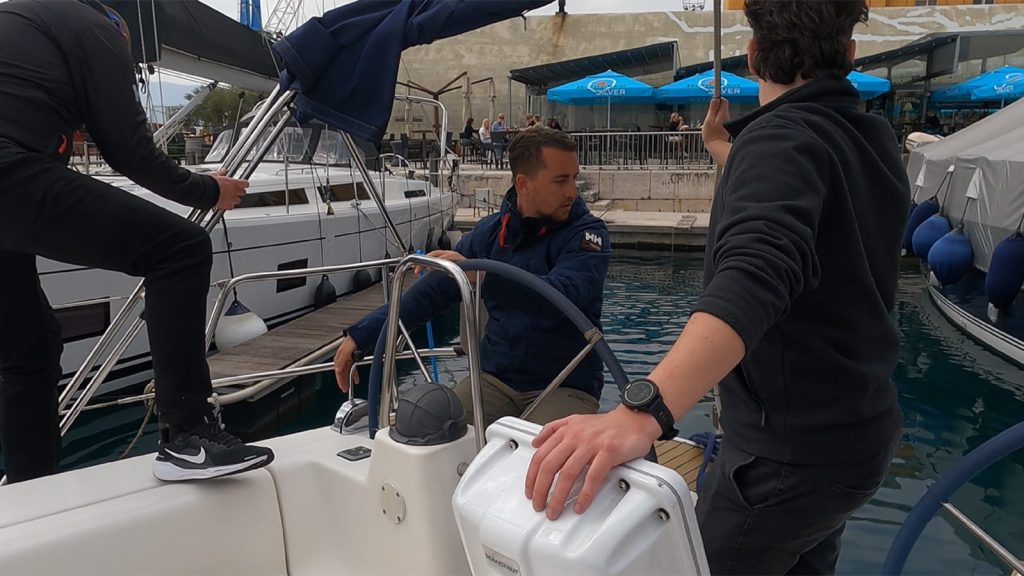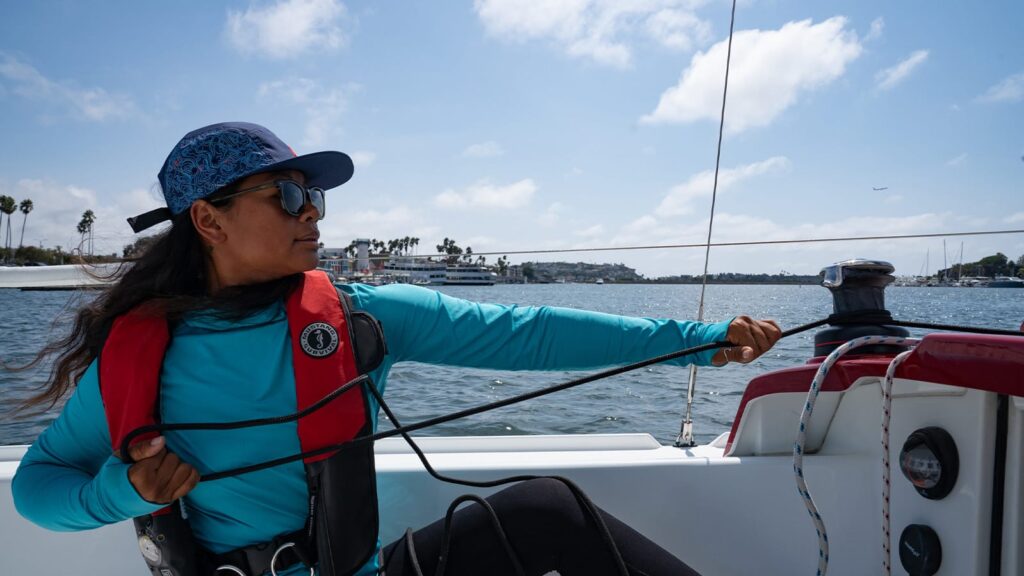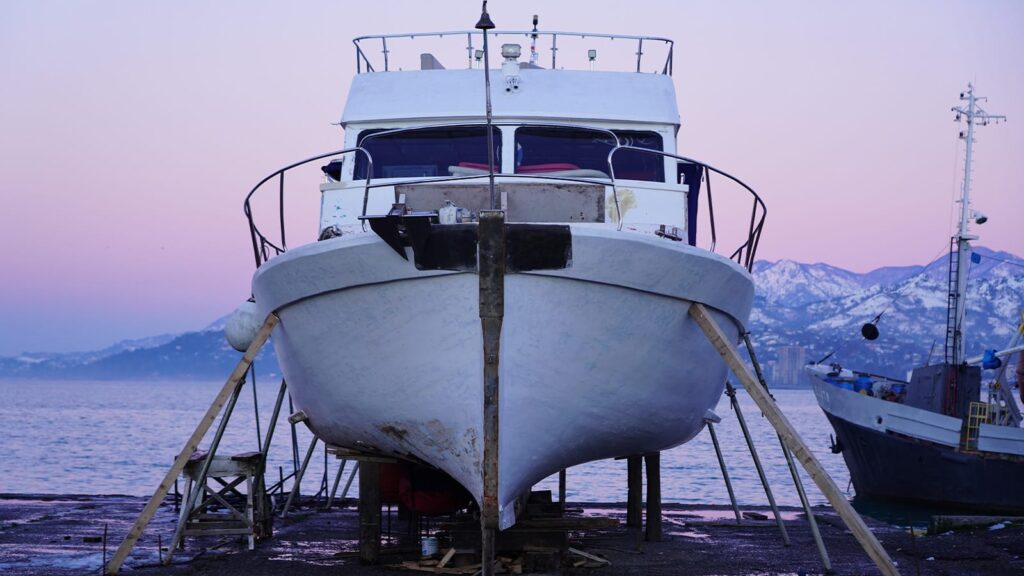In this guest post, Captain Tony Wall of Biscayne Bay Sailing Academy recounts delivering a 46′ sloop–while managing the effects of a nearby hurricane.
As a professional sailing instructor and USCG captain, I was contracted to sea trial a 46′ Bruce Roberts sloop named Harmony. Everything went satisfactorily, the deal went through, and the new owner, Veli-Matti Alho, asked me if I would be interested in delivering the yacht from Port Everglades to Galveston, Texas, crossing the Gulf of Mexico. My work schedule did not permit this, but I offered to teach him the ASA certifications Coastal Cruising and Bareboat Cruising, with extensive practical offshore and advanced passage-making, during a trip from Port Everglades down to Key West.
Beautiful weather accompanied our trip south to Miami, and we sailed into Biscayne Bay for a night of rest on the dock. Engine/charging problems meant we could not re-start the engine, so we were required to sail through the Biscayne Ship Channel in the dark without auxiliary power–a daunting prospect, but successfully accomplished. Several days of repairs followed, during which Veli and I tracked the weather closely.
A late season tropical storm was developing into Hurricane Ida and heading rapidly west of Cuba heading for the Gulf of Mexico. As the storm hurtled up the gulf, Miami experienced gale force winds from the east–a good direction but not for us! Harmony strained the docklines, safely tied up at Dinner Key Marina. The third day brought 20-25 knots from the south, and rather than heading straight into it, we waited for a better window. Day four’s forecast was 20-25 knots north-west–there was our chance!
We left Biscayne Bay around 10:00am with full sail–a conventional mainsail and a 150% genoa. By late afternoon approaching Key Largo, I suggested we put on the heavy-air staysail and put a single reef in the mainsail to reduce the overall sail area in a balanced way.
Since our draft was 6ft 8ins, our strategy was to head south and south west outside the reef, rather than going inside the Hawk Channel, which would require too much concentration (especially considering we were hand steering). Overnight, as expected, the wind accelerated to 20 plus knots with gusts into the upper 20s. We were able to progressively take in the large furling genoa from the cockpit to reduce the force on the rig. Flying the staysail only in a situation like this is a great example of the offshore flexibility of the cutter rig.
We were running on the ocean side of the barrier reef that extends all the way down the keys, from near Key Biscayne to Key West, a total of 150 miles. Dawn came slowly–all night we were sailing at hull speed or above, pushing towards 9 knots of speed. It was an exhilarating sail, but definitely hard work and not conducive to sleep! When dawn finally came, I took this video of the boiling sea to starboard (north and north west) and encouraging light from golden-red sunrise off our port quarter.
As we approached Key West, we realized that we had covered 154 nautical miles in 22 hours–certainly the fastest voyage I had ever made. The moral of the story is to choose your weather window carefully to ensure favorable winds, and to be ready for deteriorating conditions by reefing down early. With a prepared boat and crew, you can manage strong weather and use it to your advantage.
Captain Tony Wall
Lead Instructor, Biscayne Bay Sailing Academy
Tel 954 243 4078









